 Facebook
Facebook
 X
X
 Instagram
Instagram
 TikTok
TikTok
 Youtube
Youtube
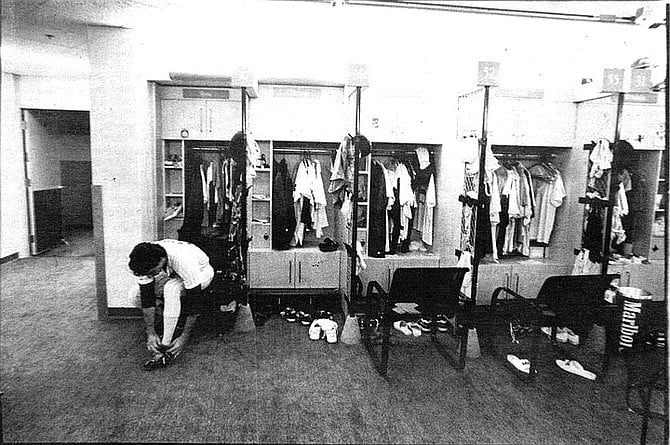
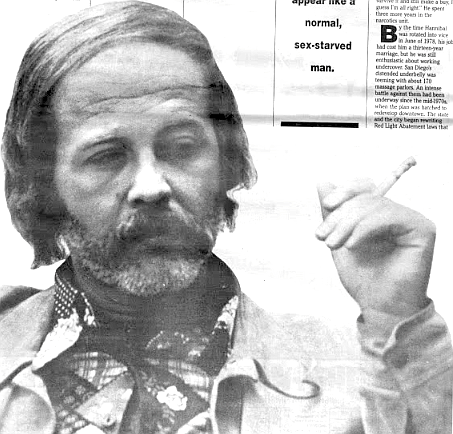
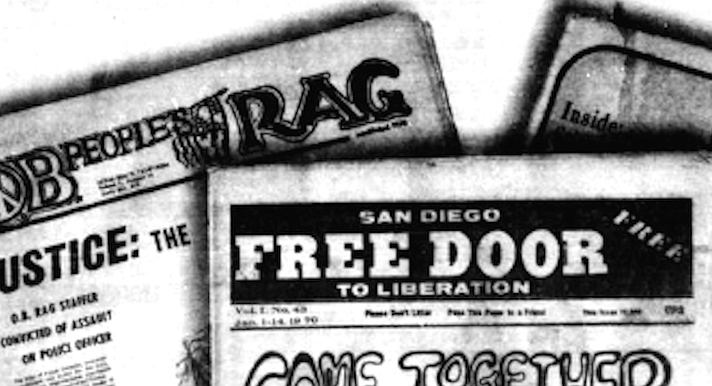
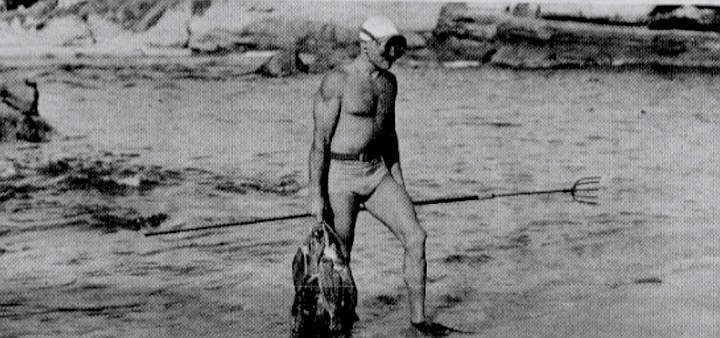
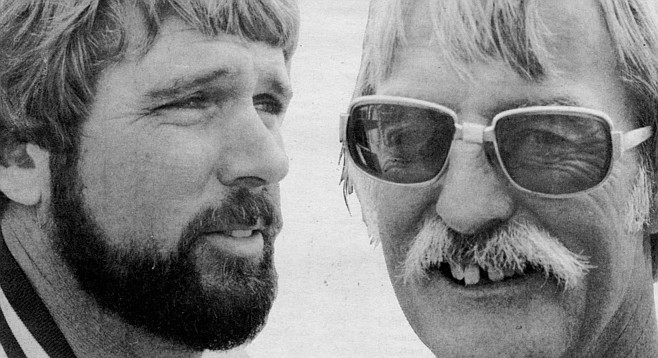
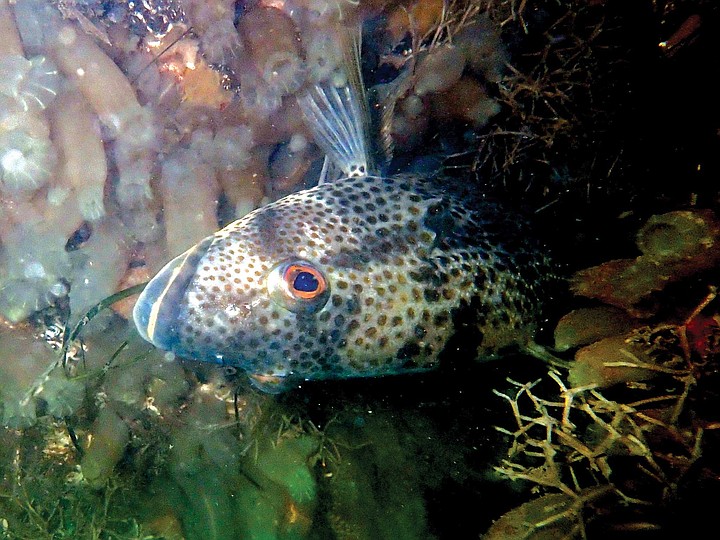
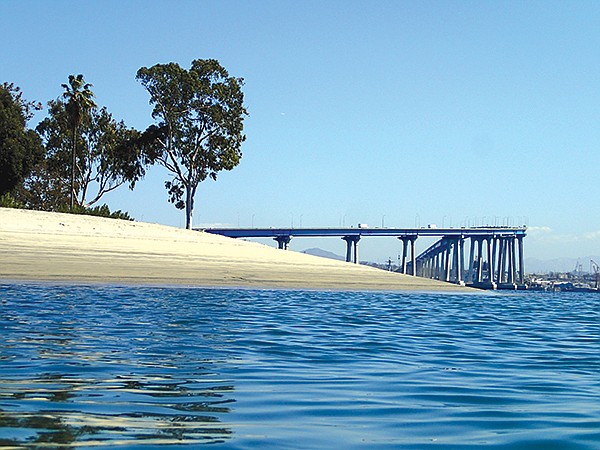
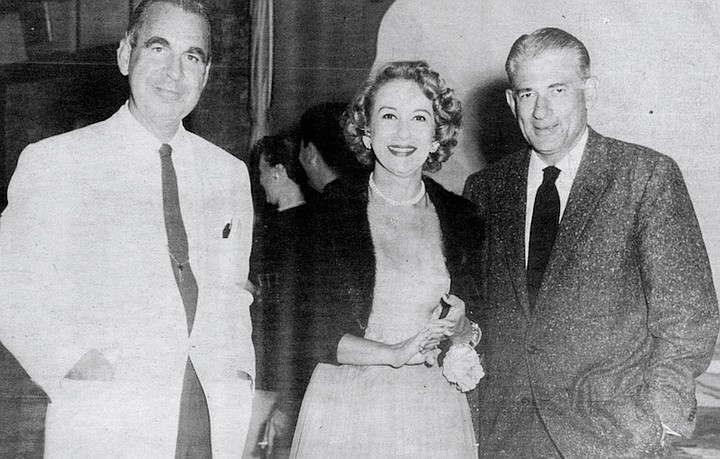
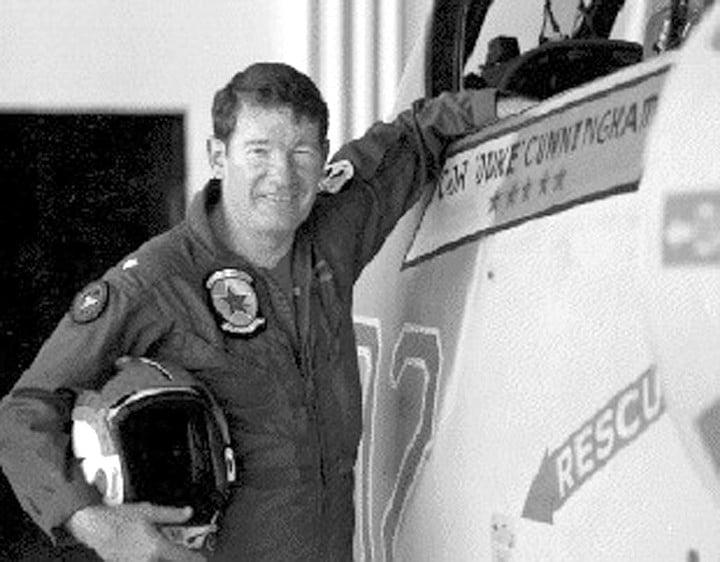

How Matthews came to write for the Reader:
In the spring of 1978, San Diego’s gaslit journalistic parlors were electrified by the arrival of the Los Angeles Times, San Diego edition. The San Diego Union, long considered one of the worst newspapers in America, finally awoke to the imperative to improve. Among its first actions was to hire Paul Krueger from the Reader, probably the first journalist from the alternative press to crossover into the mainstream.
How could the Reader, circulation 30,000, hope to fill the giant footsteps of Krueger, one of the best journalists San Diego has ever seen (in the winter of 2019 he’s still a producer at NBC7)? He edited, wrote City Lights, an occasional feature story, and the extremely popular Press Passes column, punching above his weight on all matters related to the local journalism scene.
I was a third-year journalism student at SDSU, taking a magazine writing class. Our assignment was to get stories published, so I sent one to the Reader about buying booze below the border, and then another about the history of the Bottom Scratchers diving club. The Reader’s new editor, Jim Mullin, printed them both. Then he and publisher Jim Holman, along with Krueger, called me into the Reader's old offices at 635 State Street on a Saturday — and offered me Krueger’s old job. Just two or three City Lights a week, a cover story once a month, an inside feature every six weeks, plus the weekly Press Passes column. "No pressure,” Krueger said, and I thought he meant it.
No pressure! A week later I was looking to strangle Krueger.











How Matthews came to write for the Reader:
In the spring of 1978, San Diego’s gaslit journalistic parlors were electrified by the arrival of the Los Angeles Times, San Diego edition. The San Diego Union, long considered one of the worst newspapers in America, finally awoke to the imperative to improve. Among its first actions was to hire Paul Krueger from the Reader, probably the first journalist from the alternative press to crossover into the mainstream.
How could the Reader, circulation 30,000, hope to fill the giant footsteps of Krueger, one of the best journalists San Diego has ever seen (in the winter of 2019 he’s still a producer at NBC7)? He edited, wrote City Lights, an occasional feature story, and the extremely popular Press Passes column, punching above his weight on all matters related to the local journalism scene.
I was a third-year journalism student at SDSU, taking a magazine writing class. Our assignment was to get stories published, so I sent one to the Reader about buying booze below the border, and then another about the history of the Bottom Scratchers diving club. The Reader’s new editor, Jim Mullin, printed them both. Then he and publisher Jim Holman, along with Krueger, called me into the Reader's old offices at 635 State Street on a Saturday — and offered me Krueger’s old job. Just two or three City Lights a week, a cover story once a month, an inside feature every six weeks, plus the weekly Press Passes column. "No pressure,” Krueger said, and I thought he meant it.
No pressure! A week later I was looking to strangle Krueger.
Comments